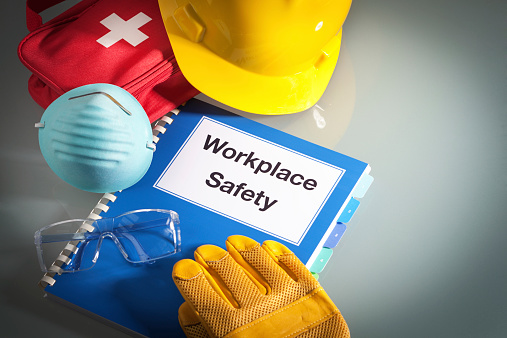Every workplace has its own set of health and safety issues. Offices, retail outlets, schools/ colleges all have their unique hazards; however, they are more prevalent in construction, transportation and manufacturing industries. Therefore, the most critical aspect of running a business is workplace health and safety compliance. Whichever industry you are in, if you are an employer, it is your responsibility to maintain a healthy and safe environment in your organisation.
Every organisation has its unique health and safety management system, depending on your way of doing business and the type of hazards of your work. For example, if you own a small business in a low-risk industry, simply listening to your employee’s concerns and responding to them can work for you. On the other hand, if you have a large business in a hazardous industry, you may need to have a proper compilation of written policies, standard procedures and systems.
Why is it essential to have a health and safety program for businesses?
There are many benefits of establishing a health and safety program, apart from the well-being of your employees.
- Brand image: It improves your brand value and enhances your image and reputation by representing you as a socially responsible organisation.
- Increases productivity: Adhering to the health and safety guidelines means your employees will be more productive.
- Raises morale: When your workforce knows their employer cares about their health and safety, their confidence will automatically rise.
- Healthy workforce: No injuries, no sickness means healthy employees and fewer days off.
How to improve health and safety standards in your organisation?
Here are five ways to make your workplace safer and healthier:
Train your employees
It is undeniably important to provide your employees with the right training and first aid kits. Having extensive training programs can help you achieve fewer injuries and more enhanced workplace safety. Moreover, you need to enforce strict safety protocols and train your employees on how to conduct their work safely so that you can significantly reduce the incidences of workplace injuries and illness.
Encourage open communication and rewarding.
You should encourage your staff to speak up when they find something hazardous at a workplace or something that can potentially harm another employee. So to ensure this, maintain an open-door policy at your place. Furthermore, consider giving out some rewards to your employees who follow safety norms. Doing this will keep them engaged and motivated to work more effectively and efficiently.
Partner with occupational experts
Occupational experts can provide you with valuable insight into workplace injury and guide you through the prevention strategies. They will first visit your site and identify high-risk areas (like tangled cords, wet/dirty floors, disorganised tools). Plus, they will work along with you and determine how you can improve the ergonomics of your workplace and enhance the productivity of your employees.
Give sessions on managing stress and mental health.
The more you are stressed out, the less efficient you are! This fact applies to all workers regardless of the industry they are in or the work they do. It is advisable to conduct sessions for your employees on managing stress, and you can even encourage them for five-minute stretch breaks to ease musical tension.
In addition to these ways, using the right software and tools, investigation incidence, and regular risk assessments are some common methods to incorporate workplace health and safety programs at your place. You can use these methods to keep your organisation up-to-date and track, report and minimise work-related injuries and health issues.









